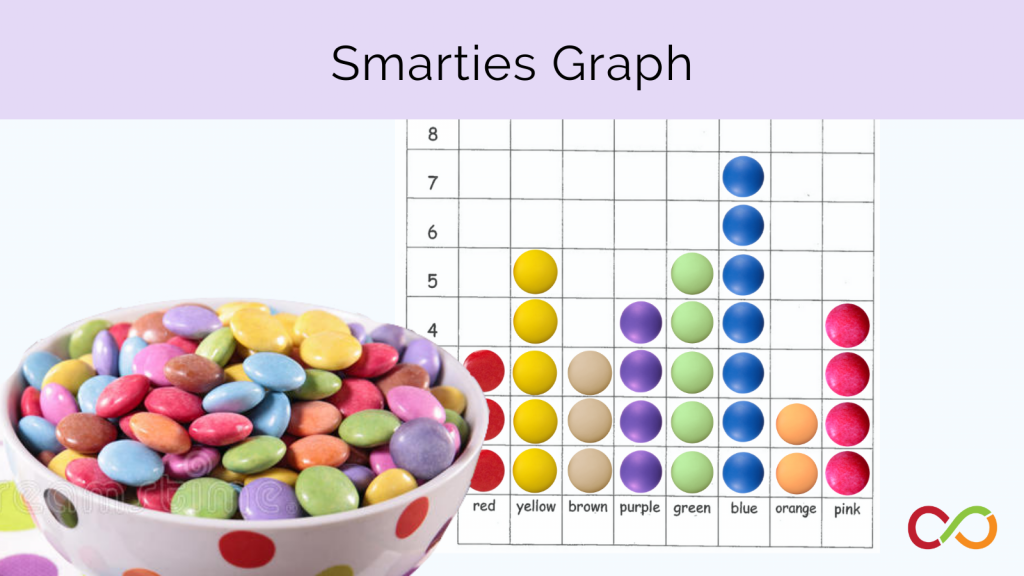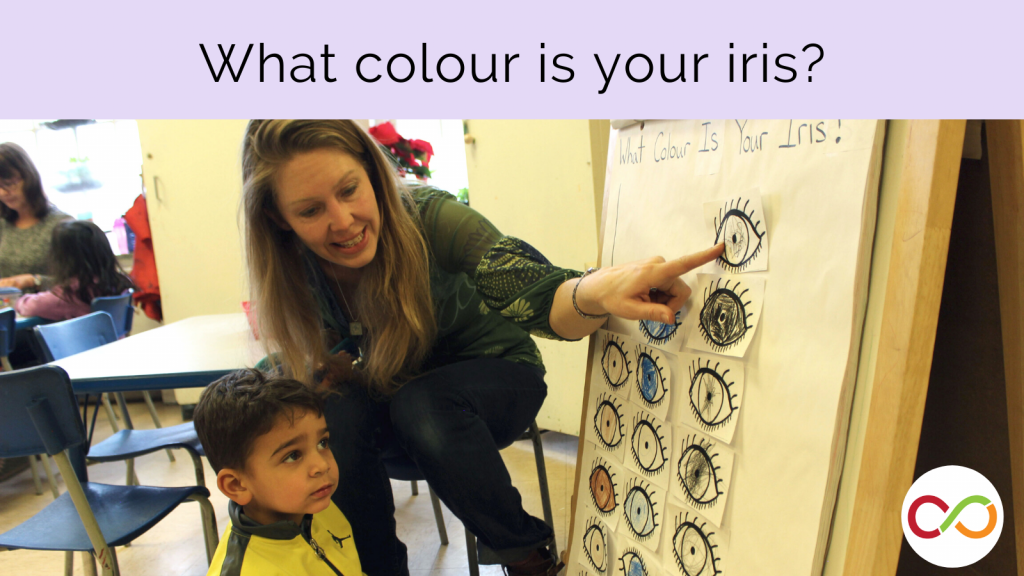Dice Toss
Early Years/Primary (Age 3 – 9)
Curriculum Goal
Kindergarten: Demonstrating Literacy and Mathematics Behaviour
- Collect, organize, display, and interpret data to solve problems and to communicate information, and explore the concept of probability in everyday contexts (#19).
Primary: Data Management
- Collect data through observations, experiments, and interviews to answer questions of interest that focus on a single piece of information; record the data using methods of their choice; and organize the data in tally tables.
- Use mathematical language, including the terms “impossible”, “unlikely”, “equally likely”, “likely”, and “certain”, to describe the likelihood of events happening, and use that likelihood to make predictions and informed decisions.
Context
- Students are sitting at tables.
- Students can do this individually or in small groups.
Materials
- Dice
- Outcome tracking sheet (Appendix A)
- Pencil, markers, or crayons
Lesson
- Explain that the purpose of the game is to see which number will get to the top first. Ask if there are any predictions.
- Have children roll the die (or dice), find the number they rolled (or the sum of the number they rolled), and fill in one rectangle on the tracking sheet to indicate that they rolled that number. Continue to roll until one full column is completely filled in.
- Gather all the graphs and discuss. Which numbers appear to have reached the top the most often? Which numbers seem to come up more often than others? Why is that?
Look Fors
- How do children add two or three dice together? What strategies do they use?
- What predictions do children make about which number will be rolled most often?
- What are children’s theories about why some numbers are rolled more often than other numbers?
Extension
- This activity can be done using one, two, or three die depending on the level of the children.
Share this lesson
Share on facebook
Share on twitter
Share on email


